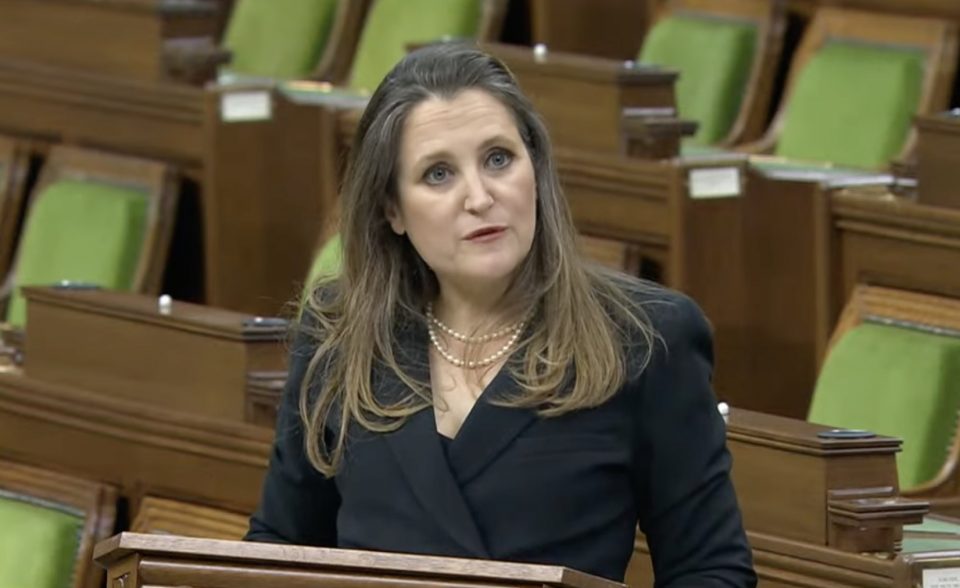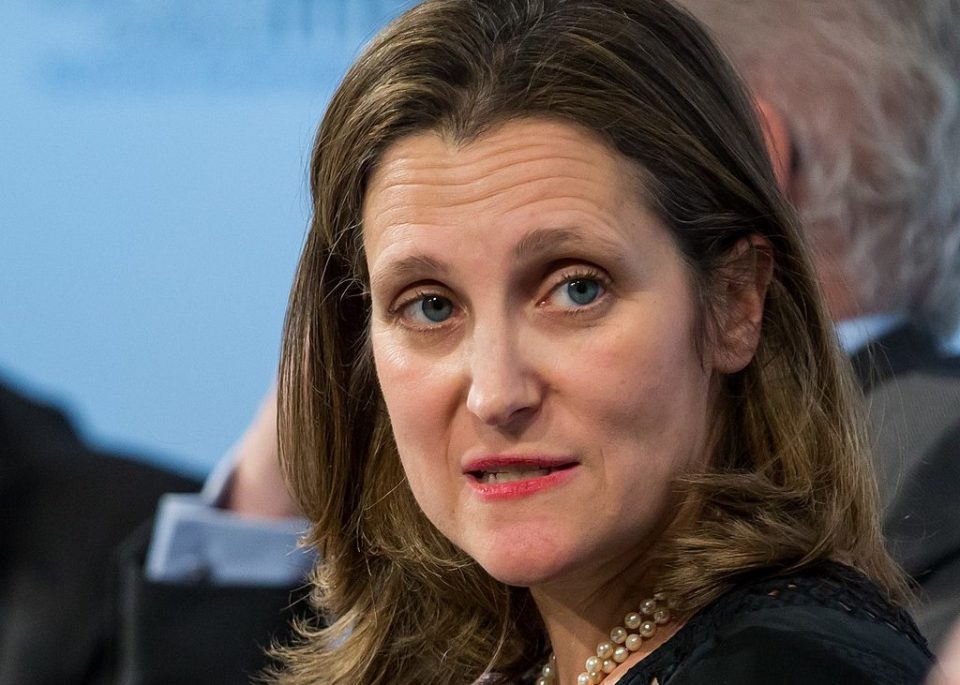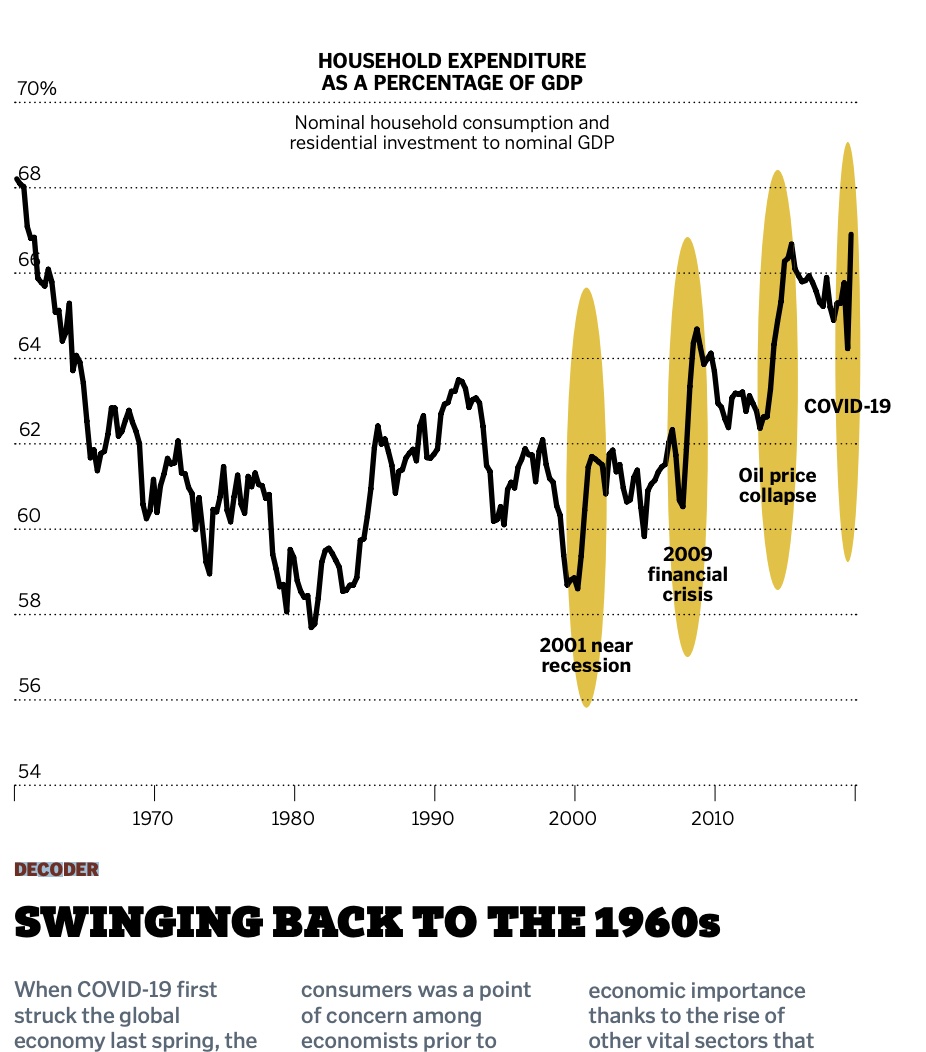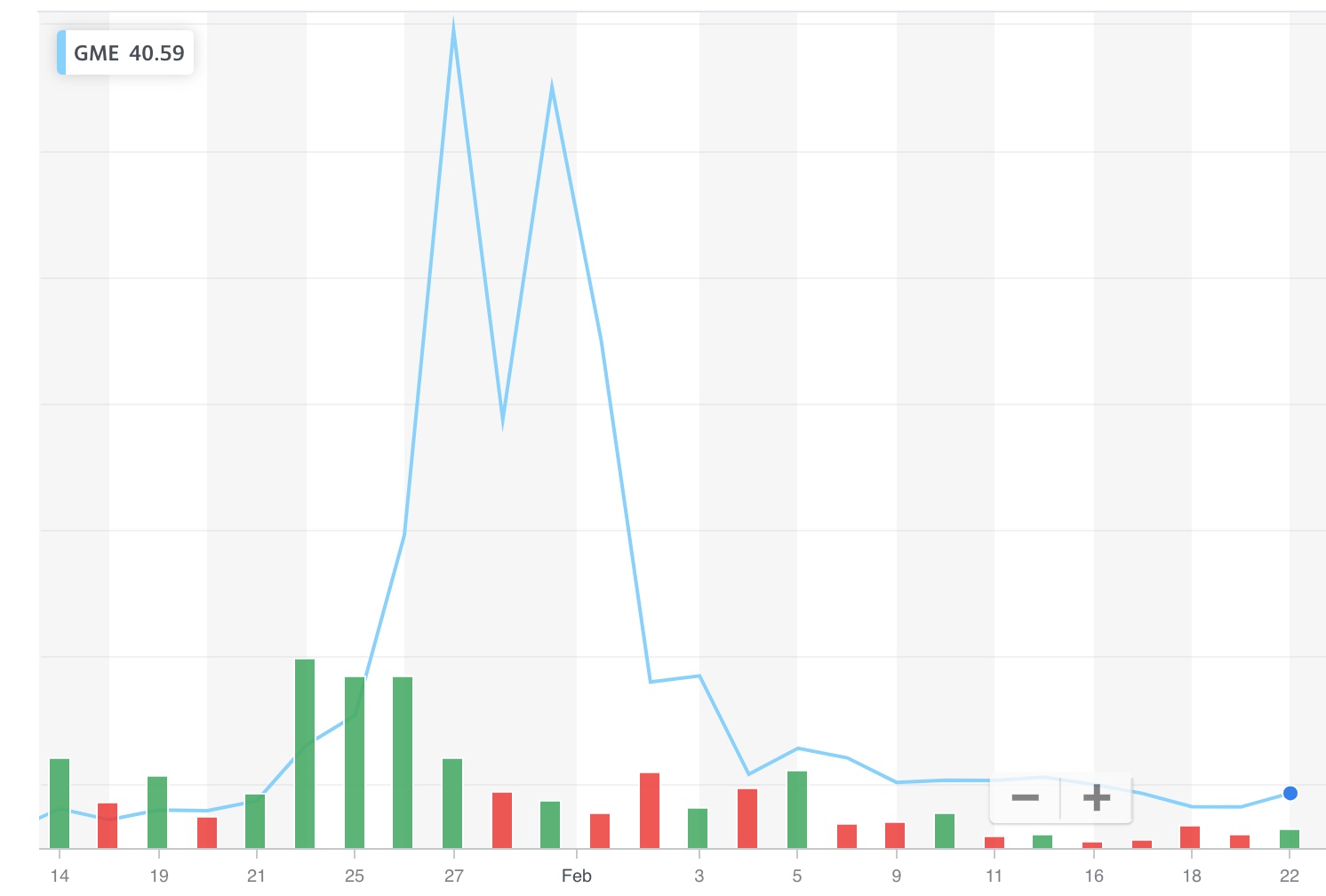
On a sunny afternoon in March 2020, a small crowd shuffled into Cirque du Soleil’s sprawling tent-shaped theatre at the Disney Springs resort in Orlando for a mini-preview of its new show, Drawn to Life. Once inside, everyone’s sense of perspective was immediately put to the test. A towering lamp loomed over the stage, its bulb the size of a baby elephant. Twenty-foot-tall pencils stood in a jar near an old-timey pencil sharpener that would take a team of six to operate. Dozens of bedsheet-size sketchpad pages hung overhead. This was what it must be like to be shrunk down to size and perched on an animator’s table. The effect was Lilliputian. Or, since this was a Cirque-Disney co-production, Jiminy Cricketian.
Drawn to Life tells the story of Julie, a young girl whose animator father has died (in keeping with Disney’s tradition of doing away with parents). When she discovers some of his unfinished animations, she sets out to complete them. The audience that day was made up of reporters, theme-park-industry watchers and Disney employees, and as they took their seats—strangers sitting elbow to elbow, their faces just inches apart—a team of acrobats dressed to look like pencil sketches performed in tandem with animated drawings projected behind them. Then a muscular aerialist twirled a giant pencil dangling from a rope like he was drawing onto a sketchpad on the stage. When an old wooden desk sprang to life and galloped away, delight at the spectacle was apparent on the onlookers’ unmasked faces.
No one there knew it yet, but this was Cirque’s last gasp in the Before Times.








